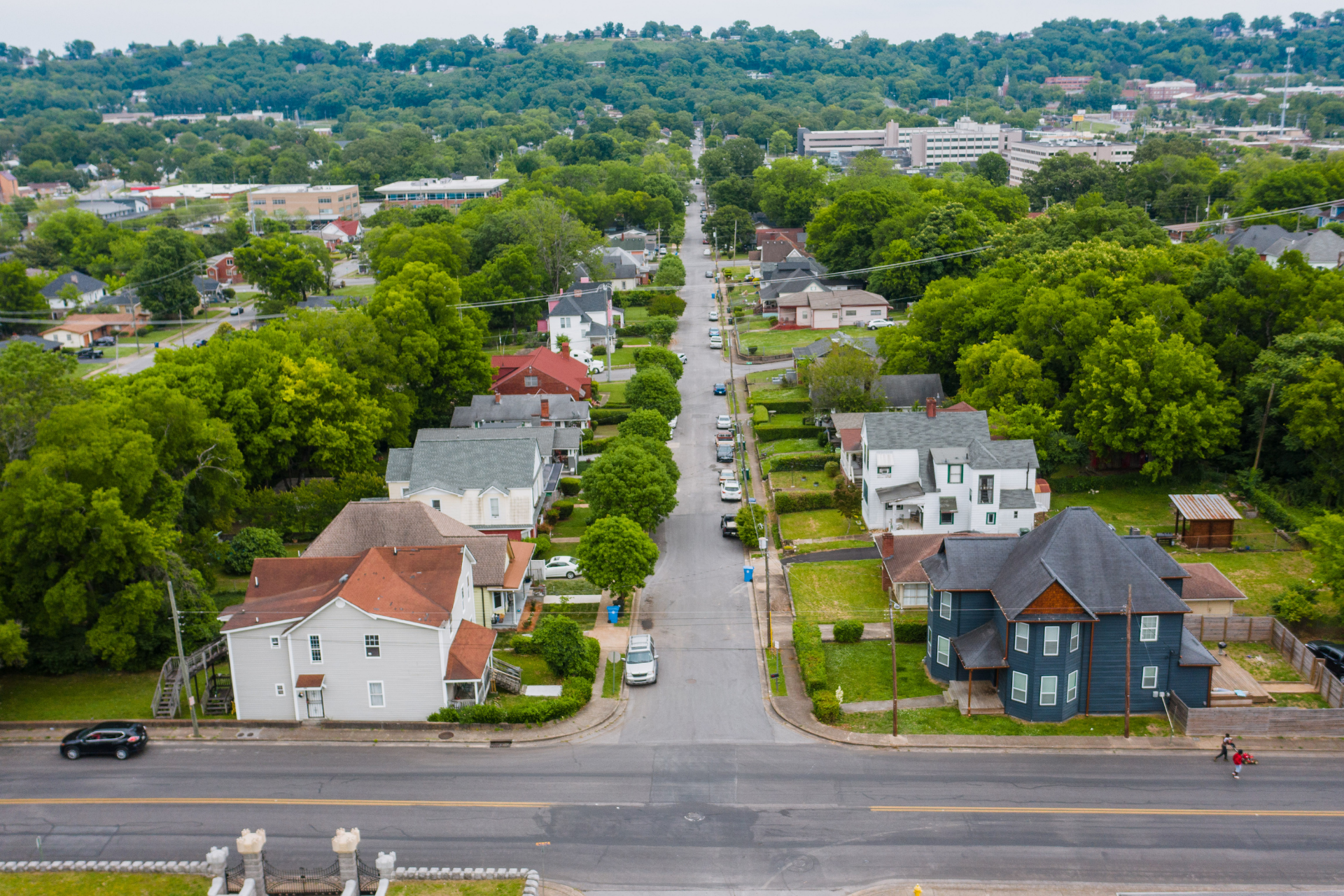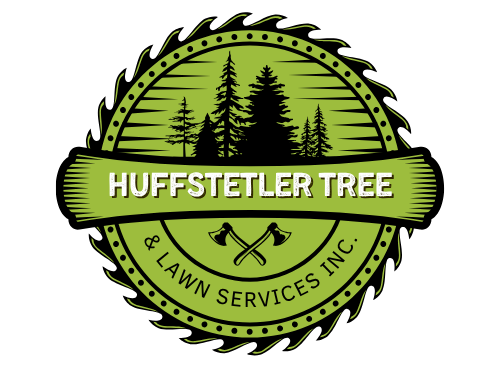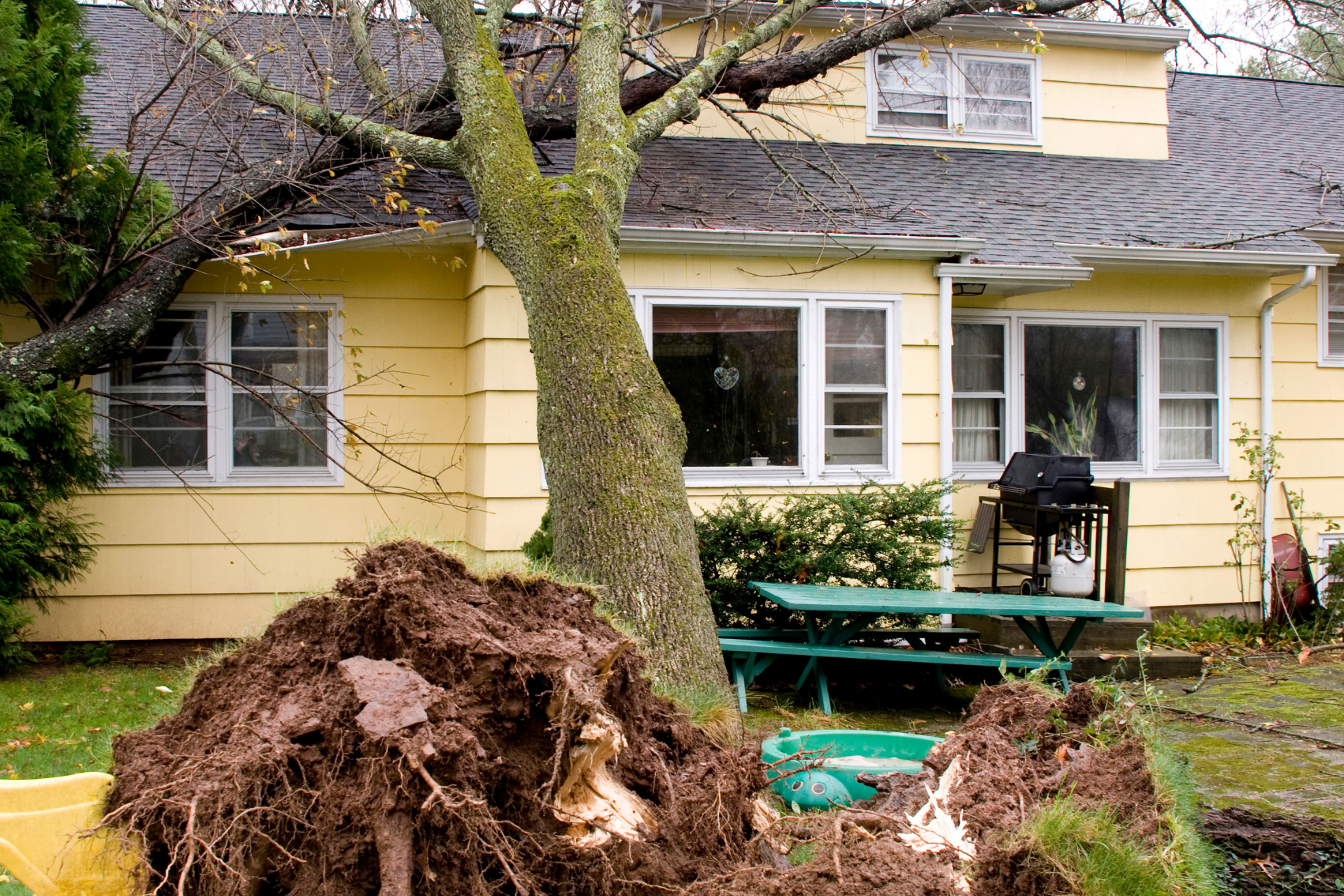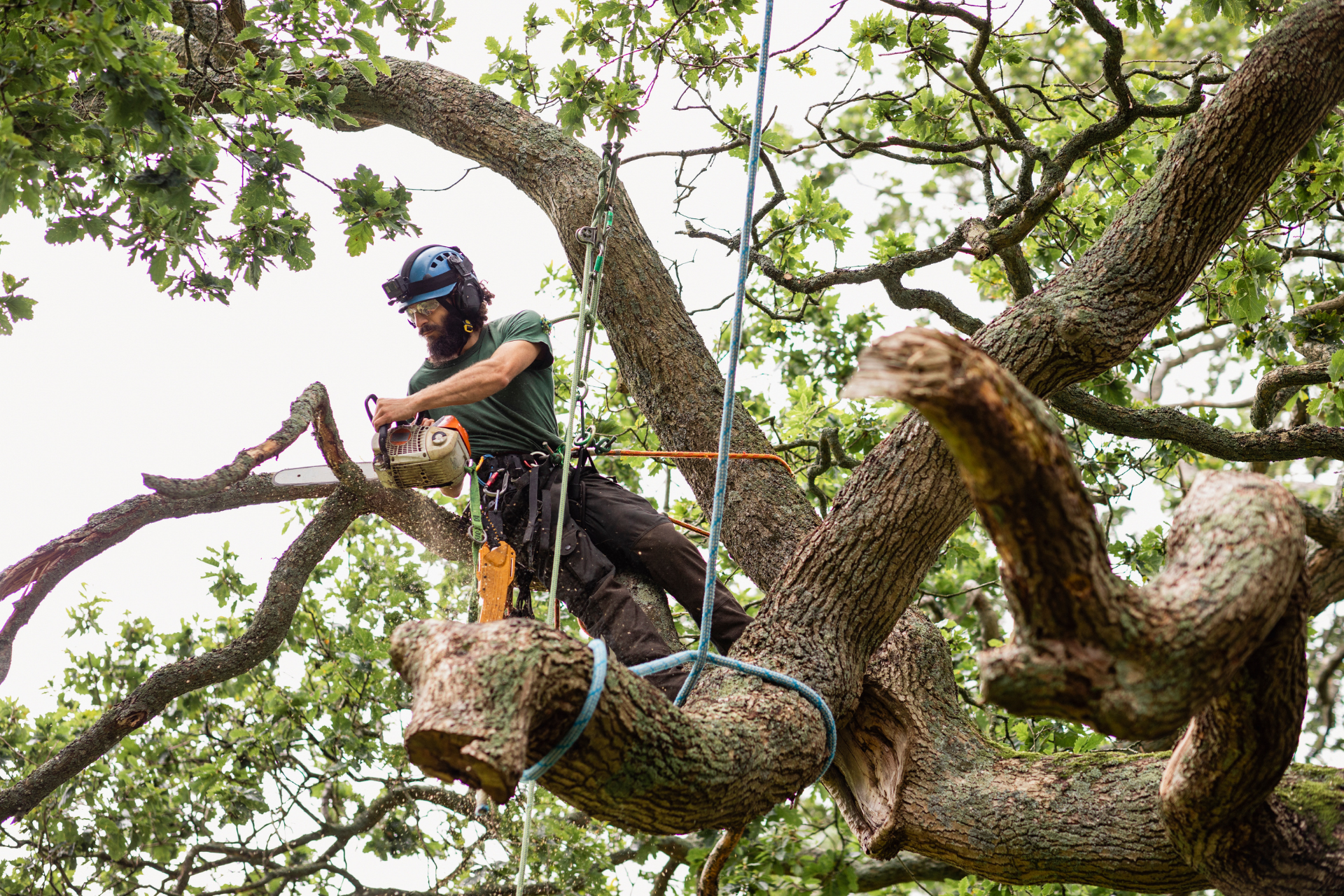How to Tell If a Tree Needs to Be Removed or Trimmed
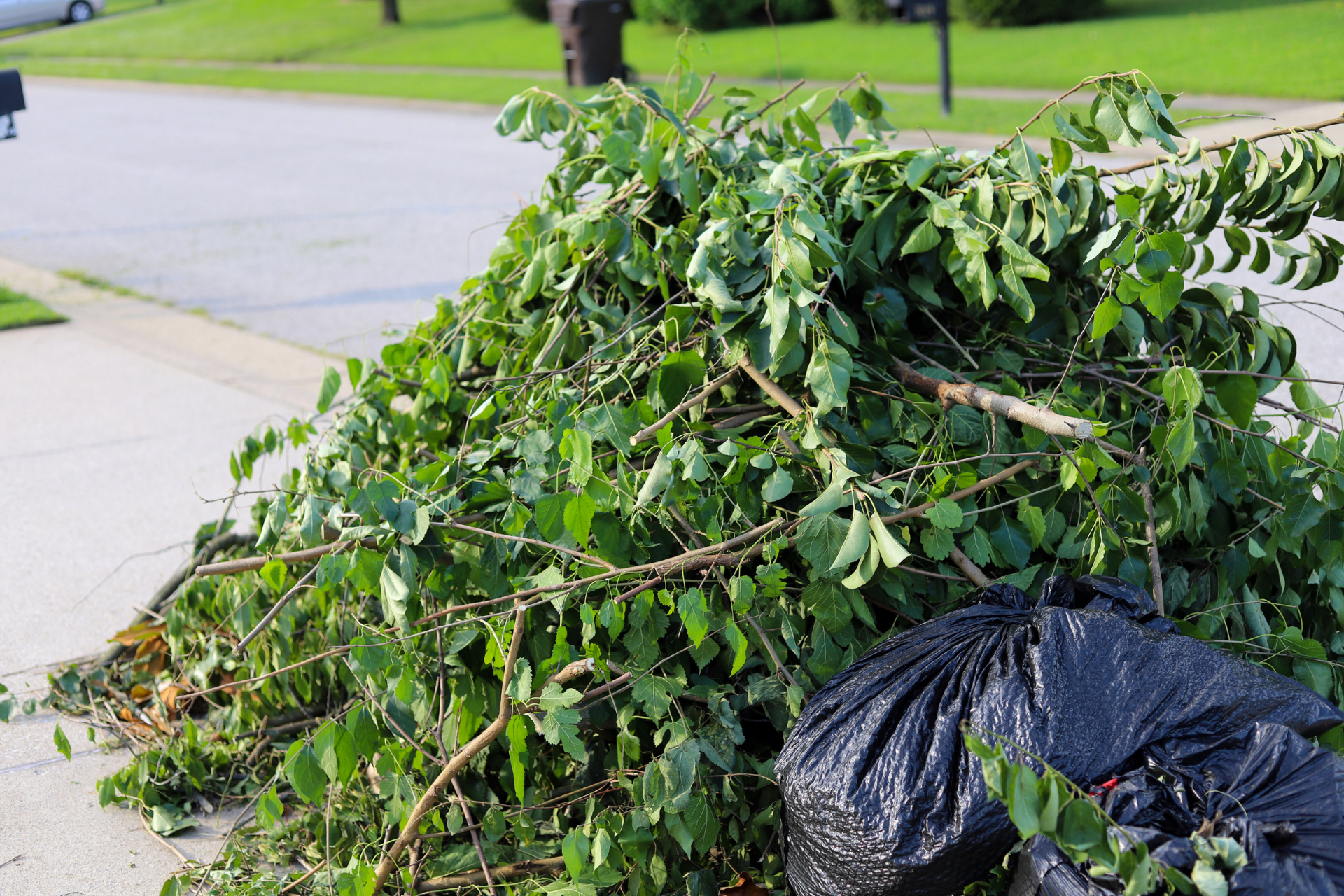
Not sure if your tree needs trimming or removal? Learn how to tell the difference and when to call a pro.
Tree care is essential for maintaining both the beauty and safety of your property. But when a tree starts showing signs of distress, many homeowners ask the same question: Does this tree need to be trimmed, or does it need to be removed entirely?
At Huffstetler Tree & Lawn Services Inc., we help property owners throughout Alexis, NC and Gaston County make the right call every day. In this in-depth guide, we’ll break down the key differences between when to trim a tree and when to remove it — along with safety tips, common signs, and why professional evaluation matters.
Tree Removal vs Tree Trimming: What’s the Difference?
Before we get into warning signs, let’s define the difference between tree trimming and tree removal.
- Tree Trimming is the process of selectively removing branches to improve the tree’s structure, health, and appearance. It can also reduce risks caused by overgrowth or storm damage.
- Tree Removal involves cutting down the entire tree, often due to disease, damage, or safety hazards. It’s a permanent solution for trees that cannot be saved or pose a serious threat.
The wrong choice can lead to costly mistakes — like keeping a dangerous tree too long, or removing a healthy tree that could have been saved.
Why This Matters: Safety, Liability, and Property Value
Determining whether to trim or remove a tree is not just a matter of appearance. It directly impacts:
- Safety of your family and neighbors
- Liability in case of fallen limbs or property damage
- Cost of long-term tree maintenance
- Home and property value
- Local ordinances regarding tree protection
In areas like Alexis, where severe storms and unpredictable weather are common, addressing tree risks early can prevent thousands of dollars in damage.
Signs a Tree Needs to Be Trimmed
Trimming is usually the preferred first step when a tree is healthy overall, but has overgrowth or structural issues.
Here are clear signs that a tree needs trimming rather than removal:
1. Branches Are Touching Your Roof or Siding
Branches scraping against your home can cause damage to shingles, siding, and gutters. Trimming removes the threat without cutting down the tree.
2. Overgrowth Is Blocking Sunlight or Views
If dense foliage is shading your lawn, garden, or blocking windows, strategic pruning can restore balance without harm to the tree.
3. The Tree Has Uneven Growth
Trees can develop lopsided or top-heavy growth. Trimming restores structural balance and prevents wind damage.
4. Dead or Diseased Branches Are Present
Dead branches can fall unexpectedly and invite pests. These should be removed to allow healthy parts of the tree to thrive.
5. The Tree Interferes With Power Lines
Utility companies often trim trees near power lines, but if it’s on your property, it’s your responsibility. Professional tree trimming ensures safe clearance.
Tip: Always hire a certified professional for tree trimming near electrical lines.
6. You Want to Promote Tree Health or Growth
Trimming can stimulate new growth in younger trees and extend the life of older ones by improving air circulation and reducing fungal risks.
If the trunk is stable and the roots are healthy, trimming is often the smarter and more cost-effective solution.
Signs a Tree Needs to Be Removed
There are times when trimming simply will not be enough. In these cases, removal is the safest course of action:
1. The Tree Is Dead or Dying
A tree with no leaves, dry bark, and brittle branches may already be dead. These are high-risk and should be removed immediately.
2. The Trunk Is Cracked, Hollow, or Split
Damage to the main trunk compromises the entire structure of the tree. Deep cracks or internal hollows are serious warning signs.
3. Roots Are Uprooted or Exposed
When a tree begins to lean and the roots lift from the ground, it’s only a matter of time before it falls. Root instability cannot be corrected with trimming.
4. Major Storm Damage Has Occurred
If over 50 percent of the tree is damaged after a storm, the likelihood of survival is low. Removal may be the only safe option.
5. The Tree Is Causing Structural or Foundation Issues
Large roots can crack driveways, lift sidewalks, and even compromise home foundations. Tree removal stops further damage.
6. The Tree Has a Severe Pest Infestation
Some pests — like emerald ash borers or carpenter ants — can weaken a tree beyond recovery. If treatment fails, removal is necessary.
Insects like bark beetles can spread to nearby trees, so quick action protects your entire landscape.
Case Study: Tree Removal After a Storm in Alexis, NC
In July 2024, a homeowner in Alexis called Huffstetler after a severe thunderstorm split a mature oak tree in half. One limb had crashed onto their detached garage; the other was hanging dangerously toward a neighbor’s fence.
Our team arrived within two hours, assessed the risk, and determined the tree was no longer structurally viable. We performed a full removal, including stump grinding, and coordinated with the homeowner’s insurance provider for coverage documentation.
The result: damage contained, risk eliminated, and no injury or further property loss.
Can a Tree Be Saved With Trimming?
In many cases, yes. Regular trimming can:
- Prevent disease from spreading
- Remove hazardous limbs
- Encourage healthy regrowth
- Delay or avoid the need for removal
- Save trees from overgrowth-related stress
At Huffstetler, we always prioritize tree preservation when it is safe and realistic.
Why You Should Not DIY Tree Removal or Trimming
While it might seem simple to cut a few branches, tree work is dangerous without the right tools and training. Risks include:
- Falling from ladders or roofs
- Dropping heavy limbs on property
- Electrocution from hidden power lines
- Legal liability for damage to neighbors’ property
Our team uses professional-grade aerial lifts, rigging systems, and chainsaws, and is trained in controlled removals that minimize risk and damage.
Local Tree Ordinances: What to Know in Gaston County
Depending on your location, certain trees may be protected or require permits for removal.
- In
Gaston County, removal of trees within certain buffer zones may need approval.
- Trees near power lines or easements may involve coordination with utility providers.
- HOAs in neighborhoods like
North Belmont or
Lowell may have their own landscaping rules.
When you call Huffstetler, we help you navigate these rules and can assist with permit applications if needed.
Internal and External Resources
- [Tree Removal Services – https://www.huffstetlertreeservice.com/tree-removal]
- [Tree Trimming Services – https://www.huffstetlertreeservice.com/tree-trimming]
- [Stump Grinding – https://www.huffstetlertreeservice.com/stump-grinding]
- [North Carolina Forest Service Tree Guidelines – https://www.ncforestservice.gov/Urban/urban_forestry.htm]
- [Tree Ordinances in Gaston County – https://www.gastongov.com/]
Frequently Asked Questions
Can trimming a tree keep it from needing to be removed later?
Yes, regular trimming can prolong a tree’s life by preventing disease, improving structure, and reducing stress from overgrowth.
How often should trees be trimmed in North Carolina?
Most trees benefit from trimming every 2 to 3 years, depending on the species and age. Fast-growing trees may need more frequent attention.
Is it cheaper to trim or remove a tree?
Trimming is usually significantly cheaper. While removal may cost $500 to $2,500, trimming typically ranges from $200 to $800.
What is the best time of year to trim trees?
Late winter or early spring is ideal for most trees in North Carolina. However, dead or hazardous branches can be trimmed any time.
How can I tell if a tree is dying?
Look for signs like sparse or brown leaves, fungus at the base, deep trunk cracks, or excessive leaning. These often indicate serious internal damage.
Need a Tree Evaluated in Alexis or Gaston County?
Still wondering whether your tree should be trimmed or removed? Let the professionals at Huffstetler help.
We offer free on-site evaluations in Alexis, NC, and throughout Gaston County.
Call us today at
704-913-6109 or visit https://www.huffstetlertreeservice.com to schedule a service.
We handle tree removal, trimming, stump grinding, and emergency response — 24 hours a day.
Huffstetler Tree & Lawn Services: Expert tree care. Local service. Safety first.
